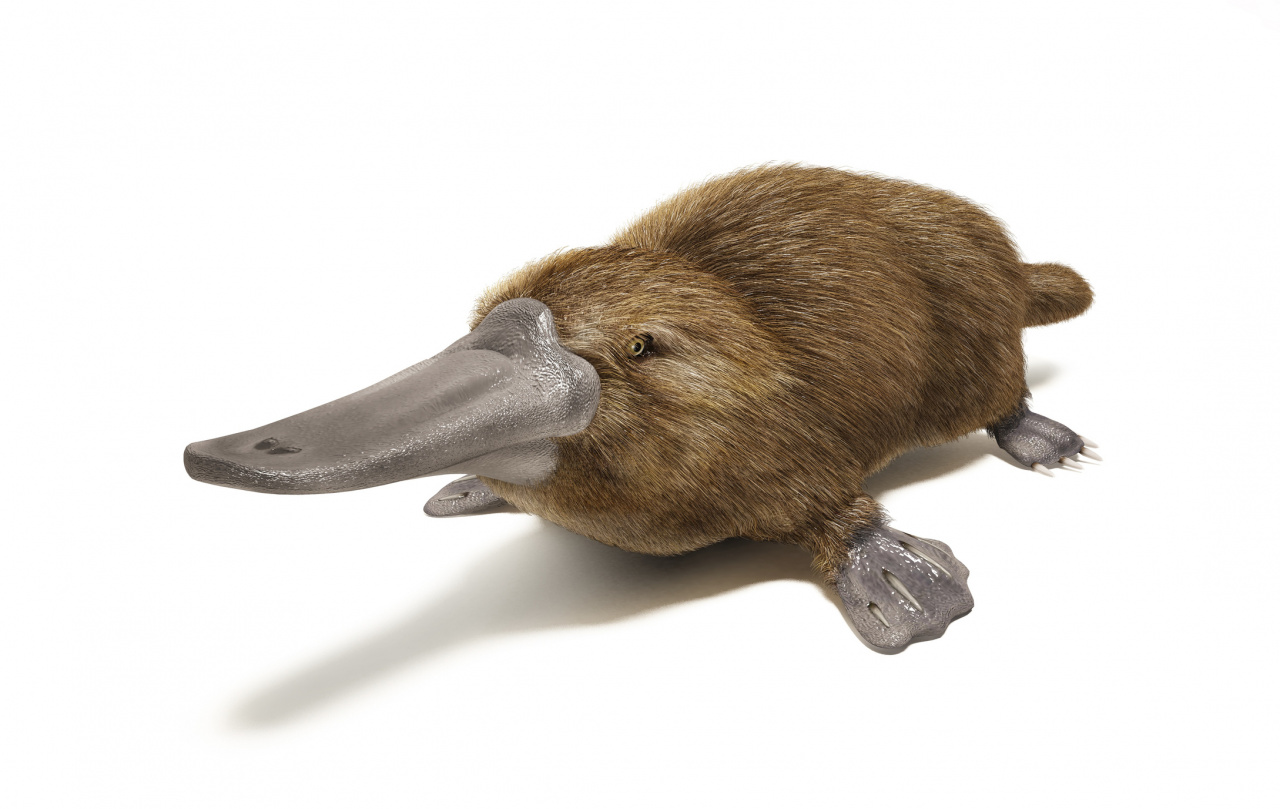

The platypus will probably not die out completely in the near future. Taronga Zoo in Sydney bred twins in 2003, and had another birth in 2006. Healesville raised another in 1998 and again in 2000. He nearly did it again in 1972 at the David Fleay Wildlife Park at Burleigh Heads, Queensland, but it died at 50 days. David Fleay at the Healesville Sanctuary in Victoria had the first successful zoo raised platypus in 1946. Even today, humans have raised only few platypus. The story told how hard it was to raise platypus babies in zoos. Many people all over the world had never heard of the platypus. National Geographic magazine had a story on the platypus in 1939. They thought an Asian had made it from pieces of different animals.
#Duck billed platypus facts skin
At first, the scientists thought the skin was a joke, because they thought no animal could look so strange.

They sent the skin of a dead platypus, so biologists could study it.

The first platypus specimen arrived in England in 1799. At Eungella National Park in Queensland, there are spots on the river with viewing areas where wild platypus can usually be seen each evening. They dislike areas with people, spend most of their time underground or under water, and sleep during the day. Platypus are difficult to see in the wild. It does live in some less healthy coastal rivers, for example the Maribyrnong River in Victoria. It is strange that the platypus does not live in some healthy rivers. The water there is no good because people used it to grow plants, and cleared the trees from the land. There are very few if any platypuses left in most the Murray-Darling Basin. There are platypus on Kangaroo Island, but these were brought there in an attempt to save animals people thought might become extinct. In the past, platypus lived in South Australia but they no longer do so. It has been seen in alpine lakes in Tasmania in the south, and north in Queensland as far as the Cape York Peninsula in tropical rain forest rivers. The map above shows this with dark purple. The platypus lives in small streams and rivers over a large area of eastern Australia. The monotremes are a mixture of primitive and advanced traits, a situation known as mosaic evolution. The monotremes share them with all other mammals. The long period as dependent young, the provision of milk, and the way the young learn through play, are all advanced features. After four months they no longer need their mother's milk. At six weeks the babies have fur and are able to leave the burrow for short trips. The young platypus drinks the milk from the mother's skin while she lies on her back. The platypus does not have nipples, but milk comes through small openings in the skin. The mother makes milk for the new babies. When the babies come out of the eggs after about ten days, they hold on to the mother. At the end of the tunnel, she builds a nest out of reeds for her eggs. She blocks the tunnel with earth at several places. When a female platypus is pregnant, the female makes much larger holes, up to 20 m (66 ft) long. It makes these holes in the river bank a little above the water. These holes are between 3 m (10 ft) and 8 m (26 ft) long.

When on land, the platypus lives in burrows on the river banks. Platypus' nest with eggs replica at MUSE - Science Museum in Trento


 0 kommentar(er)
0 kommentar(er)
